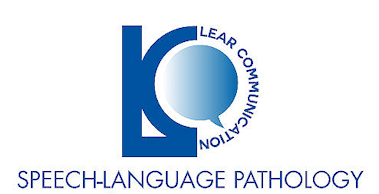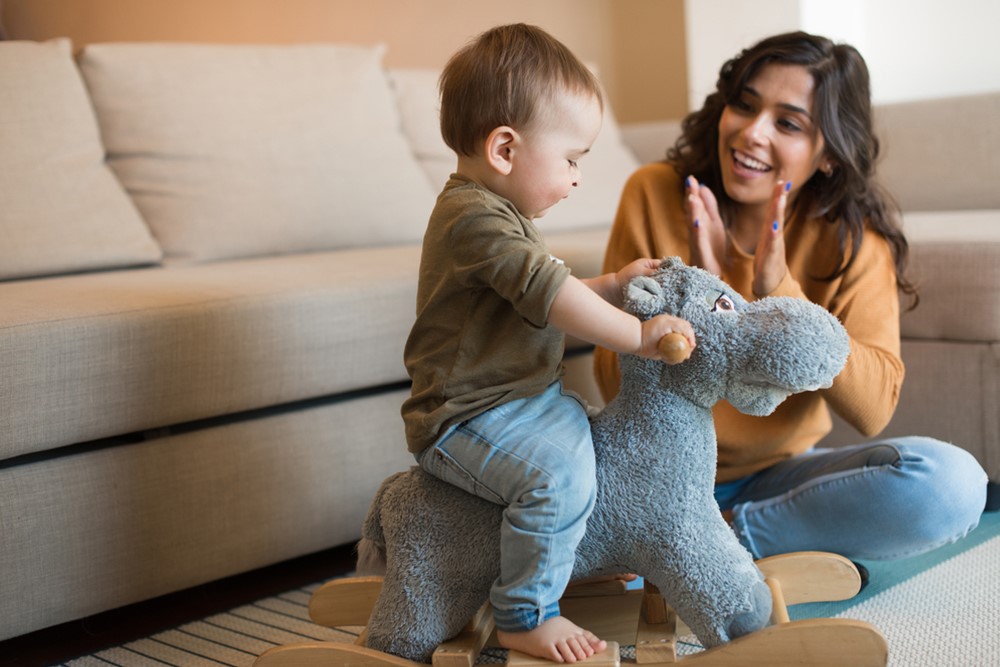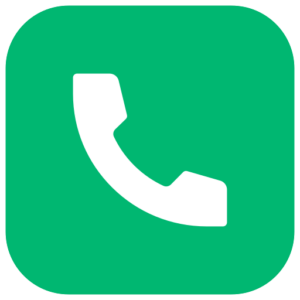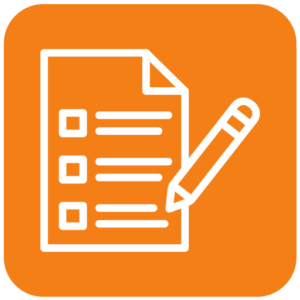Preschool Speech and Language
Speech vs. Language: What’s the Difference?
“Speech” refers to the ability to produce sounds clearly, while “language” involves using words and gestures to express thoughts and understanding spoken or written communication. A speech or language delay occurs when a child does not reach expected developmental milestones for their age.
The causes of speech and language delays are often unknown. While certain factors—such as family history, premature birth, low birth weight, intellectual disabilities, cerebral palsy, Down syndrome, and hearing loss—can contribute to early language difficulties, many cases have no clear underlying cause.
Speech-language pathologists (SLPs) are trained to thoroughly assess and support your child’s communication skills, including verbal expression (such as vocabulary and early grammar development), language comprehension, and speech sound production (identifying which sounds your child is or isn’t using).
Preschool Speech Milestones
| By 6 months |
|
| By 12 months |
|
| By 18 Months |
|
| By Age 2 |
|
| By Age 3 |
|
| By Age 4 |
|
| By Age 5 |
|
Self-Directed Techniques
Here are some strategies you can try at home to stimulate speech and language development in preschoolers through play:
✅ Modeling: Expand on your child’s words by repeating them with a few additional words to make the sentence more complete. For example, if your child says, “bue ba,” you can model by saying, “I want the blue ball.”
✅ Expansion: Build on what your child says by adding more details or advanced vocabulary. For instance, if they point to the cupboard and say, “wan acku!” you can respond with, “I want an animal cracker!”
✅ Self-Talk & Parallel Talk: Narrate what you or your child are doing in real-time. While dressing your child, you might say, “Let’s get your socks from the drawer. Here they are—now they go on your feet. Pull them up! There, your socks are on!” Similarly, when your child plays with trucks, you can comment, “You picked the red truck! You’re driving it carefully down the ramp. Oh no, it crashed!”
By incorporating these techniques into everyday play and routines, you can help support your child’s language growth in a fun and natural way.
For personalized guidance tailored to your specific needs, consult a speech-language pathologist.




